Nestled in the heart of Nakhon Ratchasima province, a mere 325 kilometres northeast of Bangkok, the Phimai National Museum has recently undergone a stunning transformation. This newly renovated cultural haven promises visitors an immersive journey through the rich history of Phimai’s past, seamlessly blending ancient history with cutting-edge exhibition techniques.
Situated conveniently close to the Phimai Historical Park, the museum has long been a cornerstone for displaying artefacts unearthed during the restoration of the illustrious Prasat Phimai—a magnificent eleventh-century Khmer sanctuary—and other notable archaeological finds from northeastern Thailand. Originally opened in 1993, the museum now reopens its doors with a refreshed perspective, drawing visitors into the captivating narrative of Phimai’s cultural heritage.
Step Back in Time

The museum’s ground floor of Building 1 houses a meticulously curated permanent exhibition that spans from prehistoric times to the present day. Since its soft opening in June, this space has become a treasure trove of historical insights, inviting visitors to explore Phimai’s evolution through a series of thoughtfully designed exhibits.
Upon entering the museum, visitors are greeted by the Prasat Phimai Construction Gallery. Here, the meticulous process of creating the iconic Khmer-Hindu complex is laid bare. From the etymology of ‘Phimai’ to the intricate construction techniques, this gallery offers a comprehensive look at the materials, tools, and rituals that brought this architectural marvel to life.

TRAVEL NEWS
A Train to Vientiane
The State Railway of Thailand is expanding its international passenger train services between Bangkok and Vientiane, aiming to streamline travel and enhance goods transportation between the two countries.
From the Construction Gallery, visitors move seamlessly into the Evidence of the People of Phimai exhibition. This area provides a fascinating glimpse into the lifestyles of Phimai’s ancient residents. Artefacts such as jewellery, clothing, pottery, tools, and ritual objects paint a vivid picture of the technological advancements and cultural practices that shaped the community between the 11th and 12th centuries.
Continuing their journey, visitors then enter the Religion in Phimai City room. Here, the museum delves into the spiritual landscape, highlighting Buddhist artefacts from Prasat Phimai and evidence of Hinduism’s coexistence. This rich history underscores the region’s diverse spiritual heritage and the unique role of Prasat Phimai as a Mahayana Buddhist temple amidst predominantly Hindu Khmer temples.
Influence of the Khmer Empire
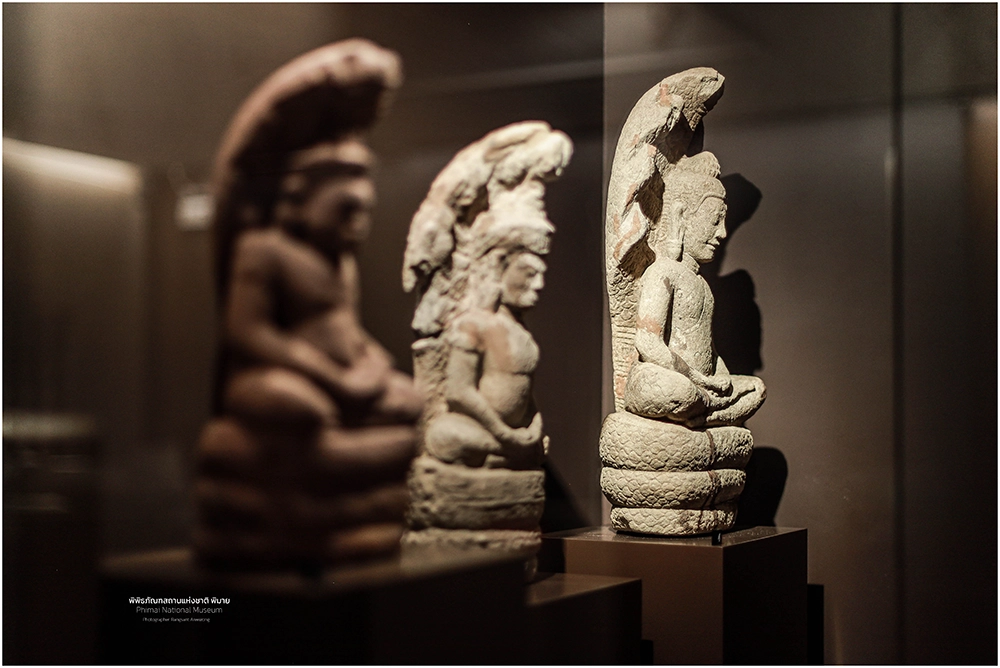
The museum further explores the influence of the Khmer Empire in the section dedicated to Phimai During the Era of King Jayavarman VII. Recognised as Vimayapura, Phimai was a significant urban centre under the Khmer Empire. Exhibits detail the king’s contributions, including the construction of city gates, hospital chapels, and traveller accommodations, illustrating the profound impact of Khmer governance on the region.
A highlight of the museum’s renovation is the gallery showcasing “The Main Patterns: Art of Phimai.” This exhibit features exquisite artefacts, including the renowned lintel from Prasat Phimai and sculptures of King Jayavarman VII and Queen Jayarajadevi, exemplifying the artistic prowess of the era.
As visitors move through the exhibits, they eventually arrive at the Post-King Jayavarman VII Era room. This section chronicles the decline of Khmer influence and the rise of the Ayutthaya Kingdom’s presence in the region. Artefacts from the Ayutthaya period found in ancient Khmer sites, such as Prasat Phanom Wan and Prasat Phimai, highlight this transition, showcasing the enduring legacy of Phimai’s historical significance.

The Phimai National Museum’s recent renovations have transformed it into a vibrant cultural learning centre. With updated exhibits and modern presentation techniques, the museum offers an engaging, educational experience for all visitors. Each exhibit, from ancient artefacts to the stories of kings and deities, enriches our understanding of Thailand’s diverse history.
Whether you’re a history enthusiast, an archaeology aficionado, or a curious traveller, the rejuvenated Phimai National Museum promises to leave a lasting impression. As it continues to refine and expand its offerings, this cultural gem stands as a testament to the importance of preserving and celebrating Thailand’s rich heritage. Embark on a timeless journey through Phimai’s past and discover the stories that have shaped this remarkable region.
Planning your visit
Phimai National Museum is in Nai Mueang Subdistrict, Phimai District, Nakhon Ratchasima Province. It is open Wednesday to Sunday, from 9am to 4pm. Admission is free during the soft opening period


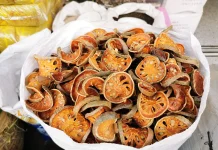
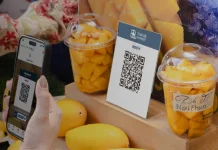
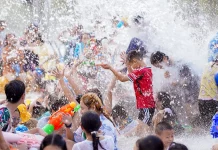




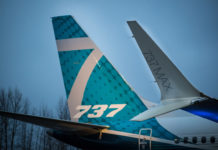
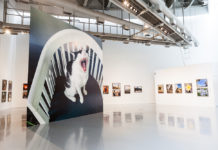
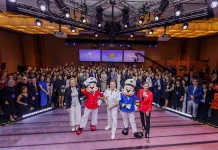
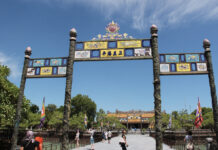
[…] >> Read more […]
[…] >>Read more […]
[…] >> Read more […]
Comments are closed.